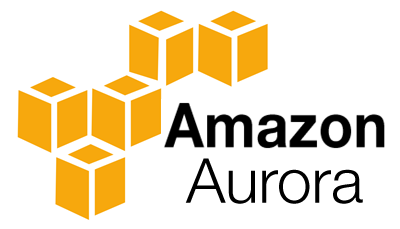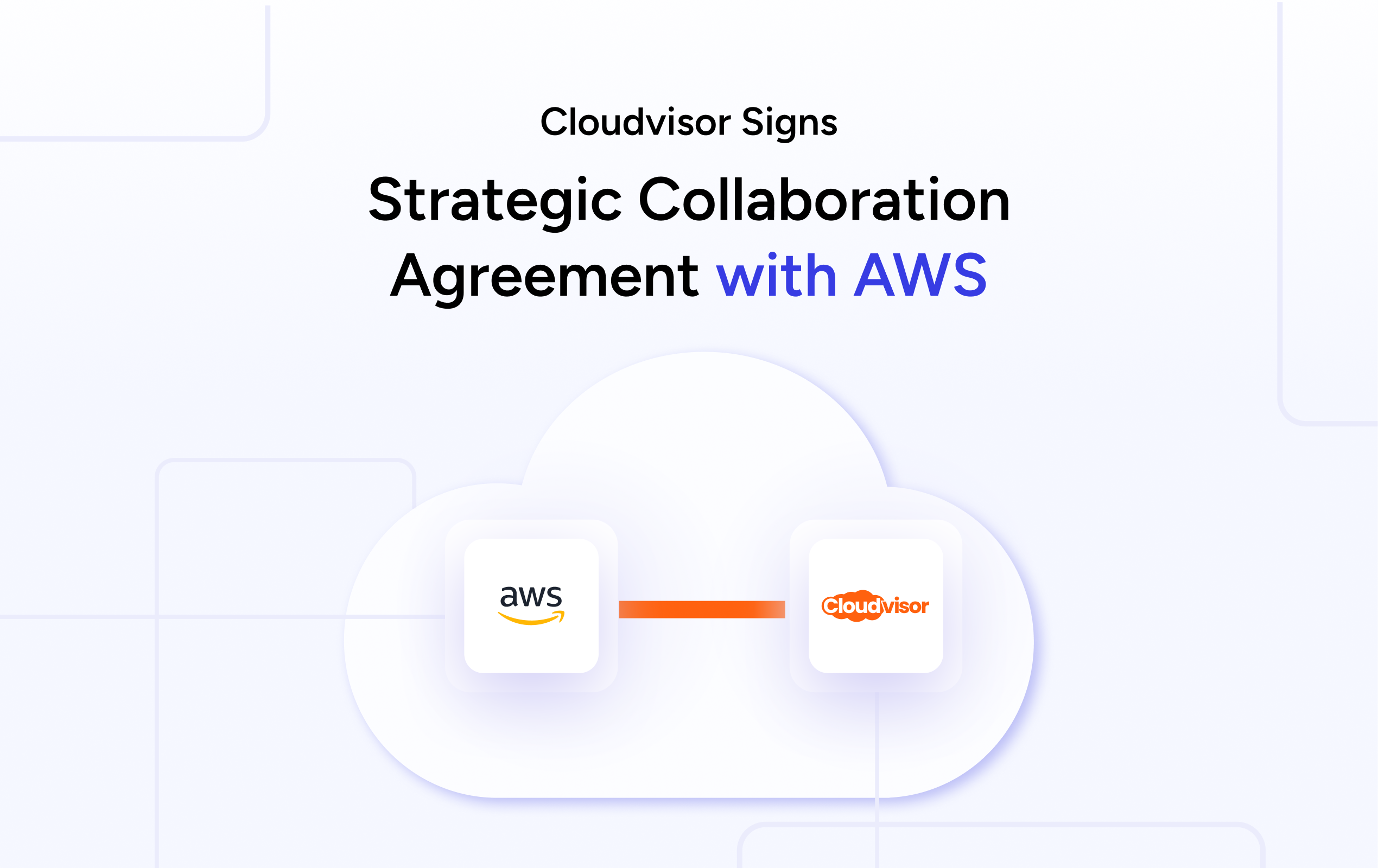How to Migrate Oracle to AWS Aurora: Cost Comparison, Case Studies & Step‑by‑Step Guide

The decision to migrate Oracle to AWS Aurora is often driven by a blend of rising license fees, aging on‑premises hardware and the desire to modernize applications. Traditional Oracle deployments can lock businesses into multi‑year contracts and hefty support costs. Meanwhile, Amazon Aurora offers a managed, cloud‑native database engine that delivers high performance at a much lower price point. Engineers and leaders searching for “migrate Oracle to AWS Aurora” want to know if the switch is worth the effort and how to do it without putting their business at risk. This article unpacks the costs, benefits and practical steps involved so you can make an informed decision and carry out a successful migration.
Table of Contents
Why move Oracle to Amazon Aurora?
Lower costs and predictable pricing. One of the most compelling reasons to move is cost. A detailed analysis by a third‑party firm compared running an Oracle Enterprise Edition database on an EC2 instance with running Aurora/Postgres. They calculated that a r4.4xlarge instance with 16 vCPUs costs about $72 240.64 per year when you factor in support contracts and a portion of a database administrator’s salary. The same workload on Aurora/Postgres costs $20 322.20 per year, making the Oracle solution 301% more expensive.
For organizations with multiple development and testing copies, the annual savings can reach $120k–$150k. Aurora’s pay‑as‑you‑go pricing, along with reserved instance discounts of up to 75%, gives financial planners more control.
Higher performance and scalability. Aurora is engineered to provide up to five times the throughput of standard MySQL and three times that of standard PostgreSQL. Its distributed storage system replicates data across multiple Availability Zones, delivering low latency and 99.99% availability. Aurora scales storage automatically up to 128 TiB and supports up to 15 read replicas, while features like Serverless v2 adjust compute capacity in fine increments based on demand.
Oracle databases can scale, but typically require manual sharding or expensive Real Application Clusters (RAC) licenses.
Operational simplicity. Aurora is a fully managed service, so AWS handles patching, backups and failover. According to a House of Brick analysis, the extra $11011.56 built into Aurora’s hourly rate covers those management tasks. By contrast, running Oracle yourself means provisioning EC2 instances, purchasing support contracts and spending DBA time on routine maintenance. Freeing up staff from these tasks allows teams to focus on innovation.
Open‑source flexibility. Many organizations migrate from Oracle not only to save money but also to embrace the flexibility of open source. Aurora PostgreSQL is fully compatible with PostgreSQL and supports modern features like JSONB, arrays and geospatial extensions.
Developers in a community project noted that their client sought “cost savings, better performance and the flexibility of open source” when you have Oracle to Aurora migration, and the result was a modern, scalable platform. By moving to Aurora, you can avoid vendor lock‑in and tap into a vibrant ecosystem.
Data and case studies
Hard numbers on cost savings. The cost comparison between Oracle and Aurora underscores how much money is on the table. Using the r4.4xlarge example, the annual compute and license cost for Oracle is $72 240.64 while Aurora/Postgres costs $20 322.20. When DBA labor is added, the Oracle solution becomes 301% more expensive. After migration, businesses can save $61 279.44 per instance per year.
Multiply that by several environments: development, test, staging, and the numbers quickly climb into six figures.

Cloudvisor case study: Fintech modernization. A Cloudvisor client in the fintech sector relied on an on‑premises Oracle RAC cluster to process payment transactions. Licensing and support consumed a significant portion of their IT budget, and monthly demand spikes caused performance issues. Working with Cloudvisor, the company migrated to Aurora PostgreSQL using AWS Schema Conversion Tool and Database Migration Service.
After three months of planning and phased testing, the team completed the cut‑over during a scheduled maintenance window of less than two hours. Post‑migration, database costs dropped by 65%, average query latency fell by 40% and developers could provision new read replicas in minutes. These improvements allowed the client to deliver new features faster and meet regulatory reporting deadlines.
Community experience. A practitioner who migrated multiple Oracle databases to Aurora noted that the project required both automation and human expertise. They used AWS SCT and DMS for about 50% of the conversion, but still had to manually rewrite stored procedures, packages and functions. Their “test drive” of a small schema helped validate the process and informed the larger migration plan. When the migration was complete, the client enjoyed lower costs and a more modern, scalable platform.
Migration strategies for Oracle workloads
| Strategy | Description | Applicability to Oracle → Aurora |
|---|---|---|
| Rehost | Move Oracle database into EC2 without changing the engine. | Used when short timelines prevent major changes; still incurs Oracle licensing costs. |
| Replatform | Move from on‑premises Oracle to Aurora while keeping the application architecture largely unchanged. | Most common path; databases are migrated to Aurora with minimal application modifications. |
| Repurchase | Switch to a different product such as Aurora MySQL or open‑source PostgreSQL to avoid Oracle licenses. | Suitable when you can rewrite parts of the application and want to eliminate vendor lock‑in. |
| Refactor | Redesign the application into microservices and use purpose‑built databases. | Ideal for long‑term modernization; high upfront effort but yields agility. |
| Retire | Decommission obsolete databases during migration. | Helps reduce scope and focus on critical workloads. |
| Retain | Keep some Oracle databases running temporarily. | Necessary when regulatory or technical constraints prevent immediate migration. |
| Relocate | Move the entire VM (including Oracle) into VMware Cloud on AWS. | A short‑term option for workloads that cannot be migrated yet. |
Challenges and how to address them
Complex licensing and audits. Oracle licensing is notoriously intricate. Before migrating, inventory processor licenses, support agreements and any add‑on packs (e.g., tuning, diagnostics, partitioning). A cost comparison assumes eight processor licenses for a r4.4xlarge instance. Identify which licenses you can terminate after migration and factor in support termination clauses. Engage a licensing specialist if necessary.
Schema and code conversion. Oracle PL/SQL features such as packages, implicit cursors and proprietary data types do not translate directly to PostgreSQL. AWS Schema Conversion Tool automates much of the conversion, but at least half of the work may require manual rewriting. Start with a thorough assessment of stored procedures and triggers, then plan for hands‑on code changes.
Migration mode and downtime. For large Oracle databases, offline migration is often simpler because it avoids the complexity of continuous replication. This approach requires a planned downtime window but offers a cleaner cut‑over. For workloads that cannot tolerate downtime, AWS DMS supports ongoing replication, but configuration and testing are more involved. Whichever mode you choose, run multiple rehearsals and prepare a rollback plan.
Skill gaps. Migrating from Oracle to AWS Aurora involves networking, security, database and DevOps skills. Encourage team members to take advantage of AWS training resources. Consider partnering with an AWS Advanced Consulting Partner like Cloudvisor, whose experts have executed similar migrations.
Step‑by‑step Oracle to AWS migration guide
- Assess your environment
- Inventory all Oracle databases, including version, edition, size and high‑availability features.
- Estimate current costs (compute, storage, licenses, support and DBA labor). Identify any end‑of‑support dates.
- Determine migration goals: reduce costs, improve performance, adopt open source, or all of the above.
- Mobilize: build your migration plan
- Choose the target engine: Aurora PostgreSQL is the common choice for Oracle migrations. Aurora MySQL is another option if your application is more MySQL‑oriented.
- Analyze schemas using AWS SCT and generate a conversion assessment. This tool highlights objects that require manual changes and can convert most data types automatically.
- Design your network and security architecture. Set up VPCs, subnets, security groups and IAM roles. Decide whether you need multi‑AZ or global replication.
- Select a migration mode. For offline migrations, plan a full data load followed by a cut‑over during a maintenance window. For online migrations, set up AWS DMS with change data capture to replicate ongoing changes.
- Modernize: execute the migration
- Provision your Aurora cluster. Choose an appropriate instance class and storage configuration. Consider Reserved Instances or Savings Plans for long‑running workloads.
- Run the schema conversion. Use SCT to convert table definitions, indexes and PL/SQL code. Manually rewrite any packages and procedures that the tool cannot handle.
- Migrate data. For offline migrations, export data using Oracle Data Pump or RMAN and import it into Aurora. For online migrations, configure DMS to perform a full load followed by change data capture.
- Validate. Compare row counts, data checksums and application functionality. Run performance tests to ensure queries return results within acceptable latency. Adjust cluster parameters or instance sizes if necessary.
- Cut over. For offline migrations, stop writes to the Oracle database, finalize the data load and switch your application endpoints to Aurora. For online migrations, schedule a brief downtime to synchronize final changes and update connection strings.
- Post‑migration tuning
- Monitor key metrics using Amazon CloudWatch and Performance Insights. Look at CPU utilization, replica lag and query latency.
- Fine‑tune your schemas and queries. Aurora’s query optimizer may behave differently from Oracle’s, so test indexes and analyze execution plans.
- Decommission the Oracle environment once you are confident in Aurora’s performance. Cancel support contracts and reallocate hardware resources.
Cost comparison example (r4.4xlarge instance)
| Item | Oracle on EC2 | Aurora/Postgres | Notes |
|---|---|---|---|
| Compute cost | $9320.64/yearhouseofbrick.com | Included in Aurora price | Same instance type used for comparison. |
| Software licenses | Upfront cost of $572000; annual support $62920 (assumes 50% discount) | None | Oracle licensing costs dwarf compute costs. |
| DBA labor (10% of $93 612 salary) | $9361/year | Included in Aurora markup | Aurora’s managed service offloads patching and maintenance. |
| Total annual cost | $72240.64 | $20 322.20 | Oracle is 301% more expensive. |
| Potential savings (per instance) | — | $61 279.44 | Savings increase with multiple environments. |
Advanced Aurora capabilities
Serverless scaling. Aurora Serverless v2 automatically adjusts compute capacity in 0.5 vCPU increments. This is ideal for unpredictable workloads or spiky development environments, ensuring you pay only for what you use.
Global Database. Aurora Global Database replicates data across multiple AWS Regions with sub‑second latency, enabling disaster recovery and cross‑region read scaling. Oracle’s Data Guard supports multi‑region replication but requires more configuration and licensing.
I/O‑Optimized storage. Recently introduced I/O‑Optimized configuration reduces storage I/O costs for workloads with high I/O per GiB ratios. For read‑heavy workloads, this option can lower costs even further.
Zero‑ETL integration with Amazon Redshift. New capabilities allow for near real‑time analytics by replicating Aurora data directly into Amazon Redshift without building custom ETL pipelines. This feature accelerates insights and reduces maintenance overhead.
Conclusion
Migrating from Oracle to Amazon Aurora offers a compelling mix of lower costs, improved performance and operational simplicity. Analyses show that running Oracle on EC2 can be 301% more expensive than running the same workload on Aurora, and annual savings per instance can exceed $61000.
Aurora’s architecture delivers high throughput and automatic scaling, while the managed service model frees your team from routine database maintenance. Real‑world experiences confirm that, with the right combination of planning, automation and expert help, organizations can realize significant cost reductions and build a more flexible data platform.
If your organization is considering a move, schedule a free AWS consultation with Cloudvisor. Our team will assess your Oracle environment, map out a migration strategy, and guide you through each phase. Don’t let legacy licensing costs hold back your innovation—start your Aurora journey today.



